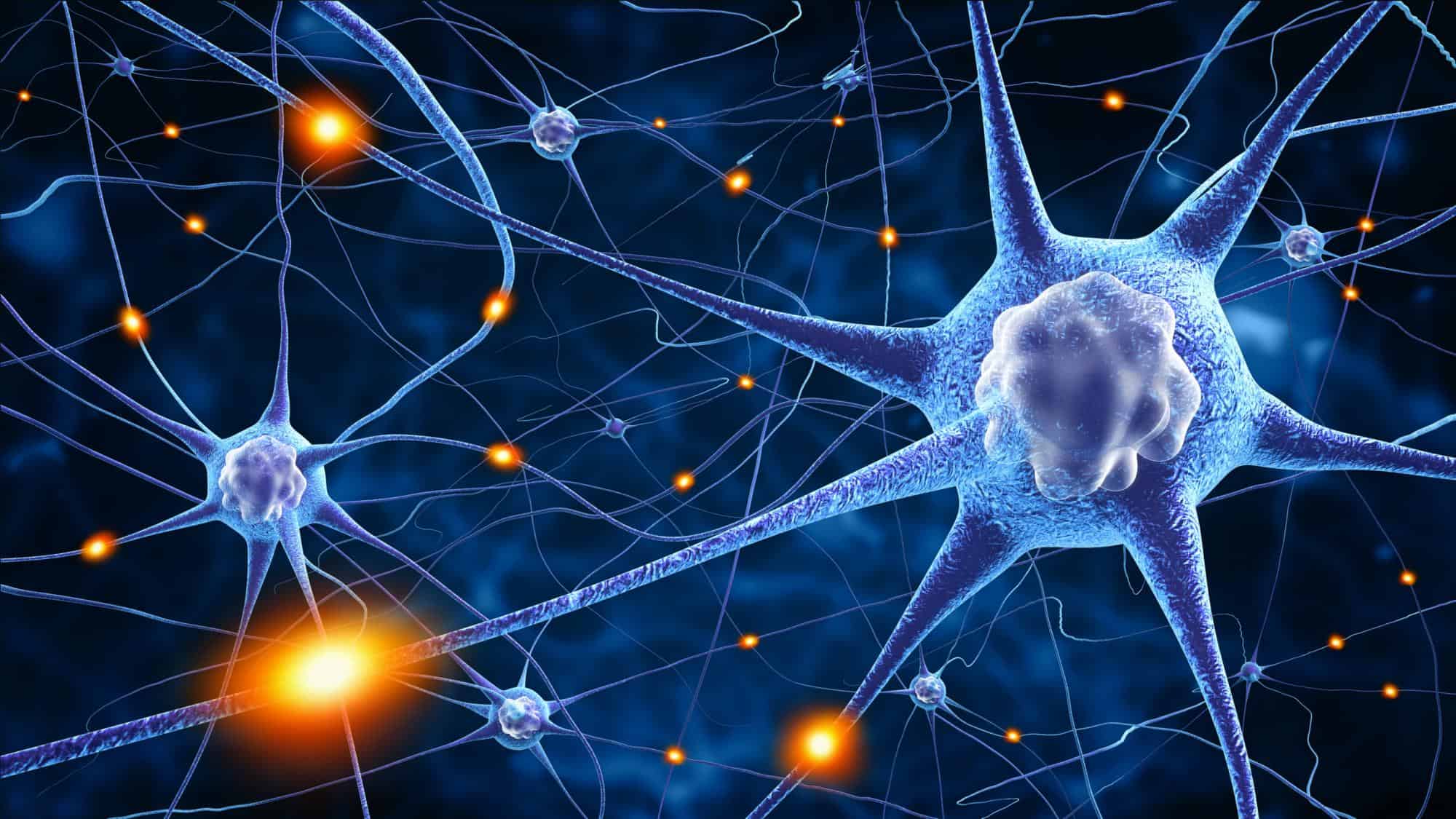Core Practical 2 – From Topic 1 (Lifestyle, Health & Risk)

Aim
To investigate the vitamin C content in different fruit juices.
Independent Variable
Type of fruit juice
Dependent Variable
Volume of juice (cm³) required to decolourise 1cm³ of DCPIP
Control Variables
- Temperature – measure temperature with thermometer. Carry out in same place
- Concentration of DCPIP – 1% solution used each time
- Volume of DCPIP – 1cm³ of DCPIP solution used each time
- Shake each tube same number of times (e.g. 3 times)
- Same end point colour – until the blue colour of DCPIP just about disappears
Equipment
- 1% DCPIP solution
- 1% vitamin C solution
- Range of fruit juices
- Test tubes (Version 2)
- Conical flasks (Version 1)
- Pipette accurate to 1cm³
- Burette (Version 1)
Control
Use a 1% vitamin C solution to decolourise 1cm³ of 1% DCPIP solution
Method (Version 1)
- Pipette 1cm³ of 1% blue DCPIP into a conical flask .
- Fill up a burette with the first type of fruit juice to be used and take a note of the start value.
- Use the burette to slowly add the fruit juice to the DCPIP drop by drop. Swirl the contents of the conical flask with one hand whilst controlling the tap with the other.
- Close the tap as soon as the DCPIP loses its blue colour and note the end value.
- Work out how much volume of the fruit juice was needed to decolourise the DCPIP and note this down in an appropriate table.
- Repeat this procedure for the other fruit juices available. Repeats can be carried out 2 times to obtain mean results.
Method (Version 2)
- Pipette 1cm³ of 1% blue DCPIP into a test tube.
- Use an accurate pipette to add 1-3 drops of the first fruit juice to the same test tube and then shake the mixture 3 times. Continue to add drops and shake the contents of the test tube until the blue colour of the DCPIP disappears. Note down the volume of fruit juice that was used up.
- Repeat this procedure for the other fruit juices available. Repeats can be carried out 2 times to get mean results.
Results & Calculations
Results can be recorded in a table as well as a bar chart. Mean values should be calculated from the repeats to produce a more accurate result. We can also work out the mass of vitamin C required to decolourise 1cm³ of DCPIP along with the mass of vitamin C present in the fruit juice samples. We know that 1cm³ of 1% vitamin C solution should contain 10mg of vitamin C:
Mass of vitamin C to decolourise 1cm³ of DCPIP = 10mg × volume of vitamin C used
Mass of vitamin C in fruit juice sample = mass of vitamin C to decolourise 1cm³ of DCPIP × volume of sample required to decolourise 1cm³ of DCPIP
Conclusion
We would expect to see that different volumes of the different fruit juices are required to decolourise the DCPIP. This is due to the varying levels of vitamin C in the different fruit juices. You should see that as the vitamin C content increases, the volume required to decolourise the DCPIP decreases; a negative correlation.
Evaluation Points
- Difficulty in controlling temperature (random error) – use a thermometer beforehand to make sure it is constant and not affected if the fruit juice was refrigerated and is cold, for example
- Too much shaking adds oxygen which will slightly restore the DCPIP to blue (systematic error) – shake contents to mix reactants but keep it to a minimum
- Misjudgement of end point (random error) – stop adding fruit juice once blue just about disappears. Carry out repeats to minimise the effect of misjudgement errors
- Accuracy of measuring equipment (systematic error) – use equipment with more precise measurements







Jose Luis
I’ve tried to do this experiment (version 1) and I don’t know where should I stop the reaction. In some cases, I get a violet colour in the DCPIP with the fruit juice and I don’t know if I should stop the reaction there or if I should still adding drops of the fruit juice until it becomes transparent.
Also, I usually have to put very small amounts of fruit juice (in most cases less than 1 ml) and I don’t know if this is expected to happen.
I would appreciate it if you could help me with your reply. Thank you.
Alice Quinnell Richards
I have the same problem as you. the DCPIP solution goes from blue to pink and then to the colour of the juice I am using. is that when I should stop it?
Jose Luis
You should stop it when it turns colourless